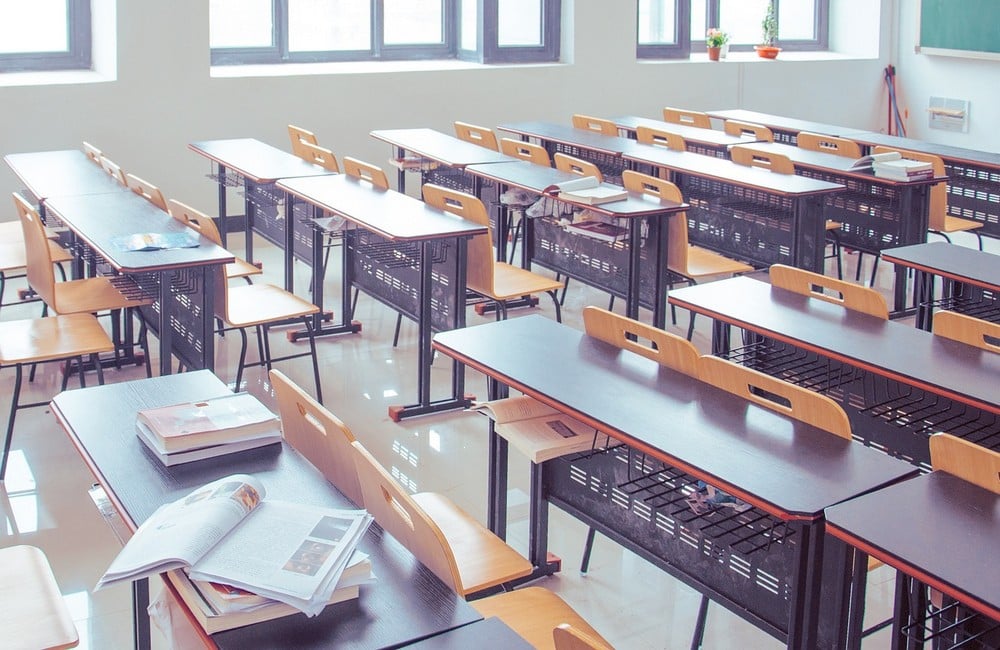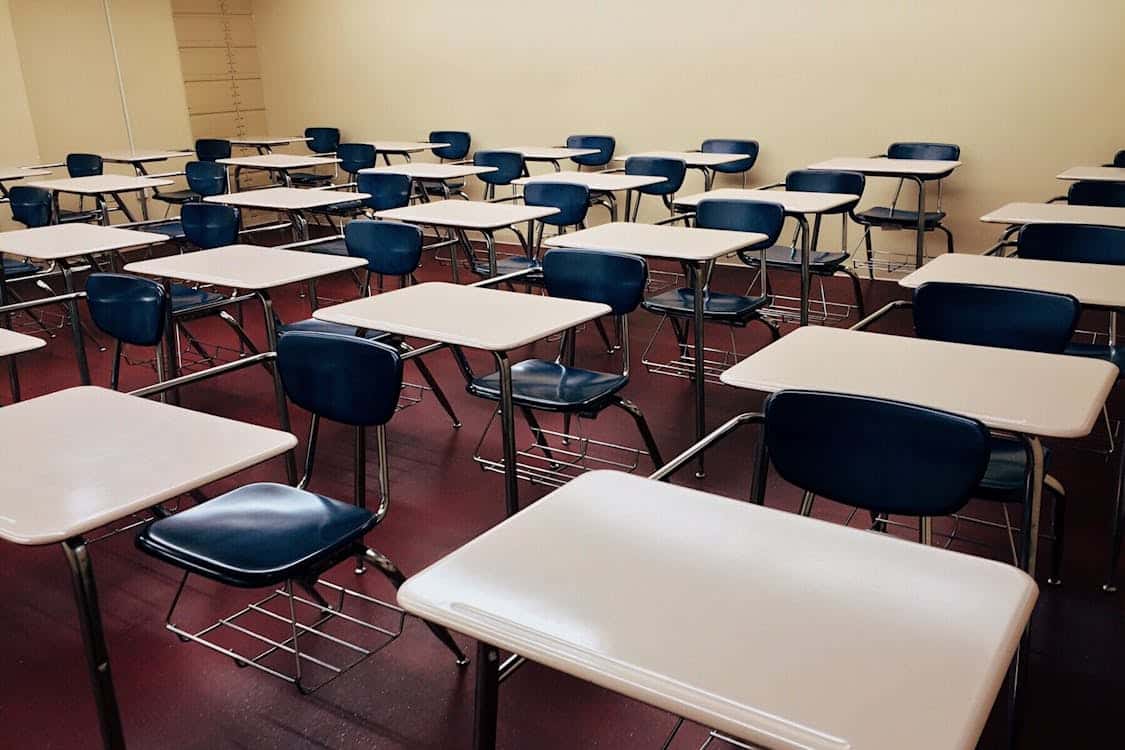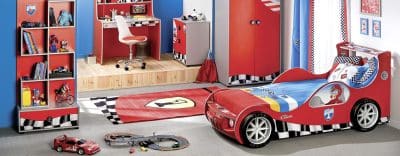Classrooms are the backbone of education, serving as places for learning and environments that can significantly impact student behavior and engagement. A well-organized classroom contributes to a positive atmosphere, fosters creativity, and promotes understanding. However, achieving an ideal classroom setup with maximum storage can seem daunting, given the various resources and materials teachers must manage daily. Fortunately, with a few innovative strategies, educators can transform their classrooms into organized, efficient spaces that cater to the needs of both students and teachers. This article explores innovative interior design concepts and storage hacks to help create a more organized classroom space.

Maximizing Vertical Space for Storage
One of the most effective ways to optimize classroom space is to utilize vertical space. Teachers can maximize their classroom’s layout by creating storage solutions that reach upwards. Installing shelves or cubbies on walls can help free up floor space, making room for movement and learning activities. Consider using shelves above existing furniture to store supplies without compromising accessibility. Incorporating stackable or movable storage units can also allow for flexibility, enabling teachers to rearrange the classroom for different lessons or group activities.
Local school furniture suppliers can often provide custom shelving options that fit unique classroom dimensions. This can further enhance vertical storage, making items accessible while keeping them off the floor. Investing in wall-mounted organizers or pegboards can help maintain an organized school tray storage system. This will ensure supplies remain visible and within reach when needed, ultimately enhancing classroom efficiency.
Creating Defined Zones in the Classroom
Defining specific zones within the classroom can help streamline activities and make the space more functional. Establishing areas for reading, group work, and art can improve organization and instill a sense of purpose in students. Use furniture placement to set these zones apart, such as positioning rugs in reading corners or arranging desks for collaborative work.
Clear visual indicators, such as colored tape on the floor or designated bulletin boards for each area, can guide students in understanding the various zones. These markers can also serve as boundaries, helping students focus on tasks without distractions. At times, a mobile cart can come in handy to transport supplies or resources from one zone to another, contributing to the overall fluidity of the classroom. Lastly, ensure each area has appropriate storage that fits the activities’ needs, making it easier for students to put things away after use.
Utilizing Multifunctional Furniture
Multifunctional furniture can be a game-changer when it comes to maximizing classroom efficiency. Pieces that serve dual purposes can reduce clutter while providing necessary storage solutions. For instance, consider using benches with hidden compartments or tables with built-in shelving. This type of furniture provides the required surface area for lessons and activities and doubles as storage for resources.
Selecting adjustable tables can cater to different teaching methods, allowing for both individual work and group projects. Teachers can better utilize the limited space on hand by ensuring that every piece of furniture serves more than one purpose. Additionally, integrating lightweight and mobile furniture can easily accommodate changes in classroom setup, supporting a dynamic learning environment. Such versatility is essential in a classroom, where flexibility can significantly influence teaching efficacy.
Incorporating Labels and Color Coding
Implementing a systematic labeling and color-coding system can drastically improve classroom organization. Labels that are marked help students understand where materials belong, empowering them to take responsibility for tidying up their spaces. This encourages a sense of ownership over their environment, ultimately fostering good organizational habits.
Using color codes can serve as an additional layer of communication; different subjects can have distinct colors that direct students and add an aesthetic appeal to the classroom. For instance, art supplies can have a designated color, while science materials can have a different one. These visual cues aid memory retention, enabling students to locate their needs quickly. In addition, involvement in the labeling process can serve as a fun class project that promotes teamwork and reinforces what materials are available in the classroom setup.
Organizing Supplies for Easy Access and Inventory
A significant challenge educators face is maintaining an inventory of supplies while ensuring easy accessibility for students. One practical approach is adopting a tiered storage solution, where frequently used items are stored at a reachable height, and less-used items are kept higher. This makes it easier for students to find supplies and promotes independence in task completion. Regular inventory audits can also assist in managing stock levels and ensuring that supplies remain in good condition.
Designate specific bins or trays for various categories of materials and clearly label each to streamline the supply distribution process. This level of organization saves time and mitigates confusion among students seeking out supplies. Teachers can significantly enhance productivity and learning outcomes by teaching students the importance of maintaining the organization of classroom supplies.
Implementing Technology for Improved Organization
Technology can be crucial in organizing classroom resources in today’s digital age. Utilizing digital management tools and applications can streamline tasks such as lesson planning, grading, and communication. Platforms like Google Classroom allow teachers to consolidate resources and notes, making them easily accessible from any device. In addition, using virtual bulletin boards can help keep students informed about ongoing projects and due dates without the clutter of physical papers.
Educators can reduce physical clutter by integrating technology into the classroom and centralizing materials for streamlined access. Programs that track inventory can assist teachers in monitoring supplies and prevent over-purchasing, ensuring efficiency in classroom management. This integration helps foster a more organized environment while preparing students for the realities of digital literacy in their education and future careers.
Creating a Routine for Organizational Maintenance
Establishing an organizational maintenance routine is vital for sustaining an organized classroom. Regularly scheduled clean-up sessions reinforce the importance of orderliness to students and provide an opportunity to reflect on what works and what does not in the classroom setup. Encourage students to participate in organizing efforts, demonstrating the value of maintaining a tidy workspace.
Moreover, consider implementing a designated classroom role where students take on responsibilities regarding organization each week. Assigning tasks such as managing supplies or checking the condition of materials can instill a sense of responsibility and camaraderie among students. Over time, this habit can lead to a culture of tidiness and respect for shared classroom resources. Ultimately, routines promote good habits among students but also assist teachers in maintaining an optimal learning environment.

Educators should focus on innovative organization strategies that embrace interior design and practical storage solutions to foster a productive and inviting learning environment. A well-organized classroom enhances the overall atmosphere and positively influences student performance. Teachers can create spaces that reflect the needs of both instruction and students by utilizing vertical space, defining areas, and embracing multifunctional furniture. Engaging students in the organization process through routines, technology, and personalization can cultivate a sense of pride and ownership in their environment. Ultimately, by prioritizing organization, teachers can lay the groundwork for successful classroom learning outcomes.








